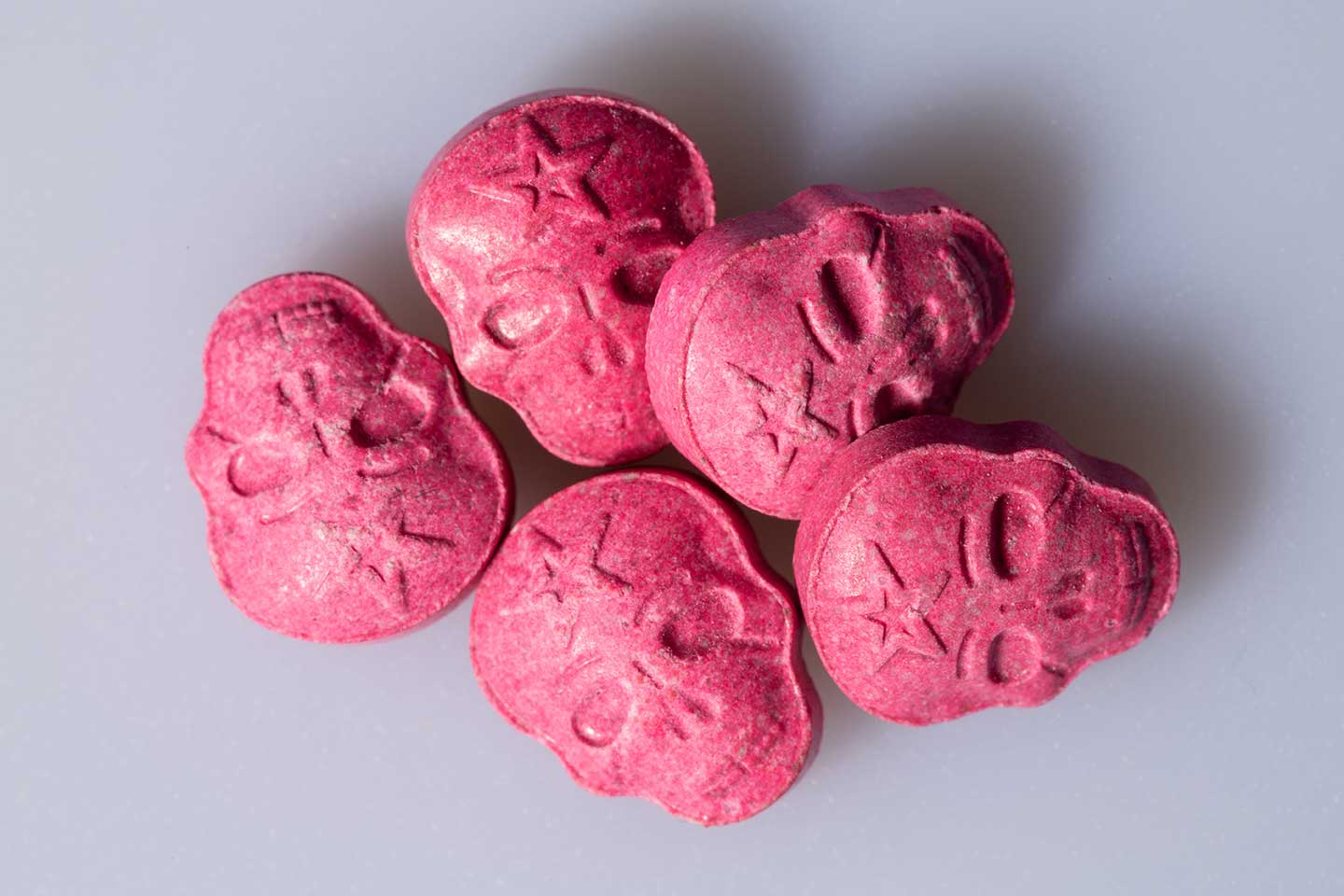The emergence in recent years of new substances of abuse poses a challenge both for health personnel who care for those who use these drugs and for the families who have detected early use and try to find specialist help.
Adolescents are one of the most vulnerable groups, not in a small part due to their curiosity and the need that develops at this age to experiment with new sensations. Imitation also plays an important role; many seek to be accepted by their peers by adopting the customs of their group. Use in this age group has sky-rocketed due to the accessibility of substances such as ethyl chloride, which young people acquire easily for recreational use without a medical prescription. The manner in which many of the new drugs are presented: brightly coloured and in the form of gummies and lollipops, make them more attractive to young people and destigmatise or trivialise their consumption.

However, use is not always recreational, sometimes these substances are used to improve academic performance and concentration. Polyconsumption is a common situation which carries a significant risk of interaction between the different compounds. Sometimes consumers do not associate sporadic use with a clear risk, but new synthetic drugs have such potency and toxicity that a single dose can have serious effects on health.
New drugs with substances of unknown composition, many of them being combinations of different components in unclear dosage, make it difficult to treat intoxication, as well as withdrawal.
The effects of traditional drugs such as alcohol, tobacco, cannabis and cocaine are well known so we will focus on summarising only newly emerging substances.

Traditionally ecstasy (MDMA), LSD and amphetamines. These are psychoactive substances which cause cardiovascular and brain damage. In the case of amphetamines, used widely under medical prescription to treat Attention Deficit Hyperactivity Disorder, we do not understand their long-term effects, they can raise blood pressure, increasing the risk of cardiovascular disease, it is therefore advisable not to take them unless prescribed by a specialist, and with a medical diagnosis requiring their use.
The below are among the new presentations of designer drugs:
- TUSI: it is known as pink cocaine because of its colour, and its powdered presentation which is like cocaine but completely unrelated. It is a combined formula of compounds such as LSD and ecstasy (MDMA), ketamine and fentanyl, substances which cause hallucinogenic effects, euphoria, anxiety, excitement and a feeling of loss of control. This drug is characterised by its exclusivity since the price of a gram is around 100 euros. It is worth noting that it is extremely dangerous as it is in combination form and highly addictive.
- PINK: CLEPHEDRONE or 4-CMC, is a psychostimulant which is taken orally as a pill or via the nasal route. It is designed in vivid colours such as pink, with the rolex logo, as well as brown, white, yellow or beige. The effects it produces are similar to ecstasy and LSD. The risks of long-term consumption are unknown as it has only recently appeared on the market.
- KARKUBI: : Known as the drug of the poor due to its low price and easy preparation, this drug originates from the most humble areas of Morocco. Its main component is clonazepam (Rivotril) which is then mixed with hash, flour and red dye, alcohol or glue to achieve hallucinogenic effects. It may also contain Trankimazin or olanzapine instead of Rivotril. The combination produces a powerful psychotropic effect with hallucinations, euphoria and aggression. It can cause serious health problems in the person taking it, including coma.
It’s a local anaesthetic used in minor surgical procedures. The recreational use of this drug at parties, clubs and fairs has been on the increase. Young people consume it by inhaling it from balloons or directly into their mouths. It produces a very powerful feeling of euphoria and disconnection lasting seconds, but it is no less dangerous than any other drug. It can cause neurological damage and damage to the respiratory system, since its recreational use is novel, we are still unsure of many of its side effects.
Known as “laughing gas,” it has become a cheap drug, popular among the very young. It is a gas with an anaesthetic effect which has been used for many years in dental and surgical procedures, it is currently out of use in Spain. It is consumed by inhaling it from balloons which have been filled using devices found in the food industry which contain the gas, such as cans of squirty cream. The effects occur in less than a minute and last between 15 and 45 minutes. It can lead to a lack of oxygen, burns in the mouth or respiratory tract, seizures, arrhythmias and cardiorespiratory arrest.
It’s known as “the zombie drug” due to the changes it produces in behaviour and the lack of body control caused in the person taking it. It is a synthetic opioid, 100 times more potent than morphine, normally a drug used for the treatment of chronic pain on medical prescription. Stopping it suddenly produces withdrawal symptoms requiring professional treatment. The effect of an overdose may be fatal.
This drug is frequently used by students in countries such as the United Kingdom in the examination period. It is a neurostimulant used in diseases such as narcolepsy. It is also used to improve “cognitive fatigue” in neurological diseases such as Multiple Sclerosis. It improves performance in processes requiring complex planning and attention as well as problem solving. But it should never be used as a substance to increase academic performance, as we do not know its long-term side effects on the brain. It could be especially dangerous in students who are still developing.
Warning signs include changes in a person’s behaviour, including aggressive behaviour, a tendency to isolation, anxiety and hyperactivity.
If you have a consistent suspicion, contact qualified personnel for help, to obtain advice on how to act. Addressing the situation early and in the correct manner is very important.
Some prevention measures which have proven to be effective include providing up-to-date information to young people and maintaining close communication between family and school, enabling early detection of substance use.
Conclusión
The emergence of new drugs has become a public health problem which particularly affects adolescents. New presentations and the mixing of substances make management difficult from a medical point of view. Prevention and information are the most useful tools available to us.
If you think that you or someone in your environment needs help, ask for specialist evaluation in our psychiatry/psychology department.

Dr. Cristina Garrido
Family and Community Medicine Specialist
July 19, 2024
Read other news
Tel.: +34 952 908 628
+34 609 148 799
952908898 Oncology
951829978 Diagnosis by imaging
951829947 Gynecology
952908897 Fertility
951829947 Physiotherapy